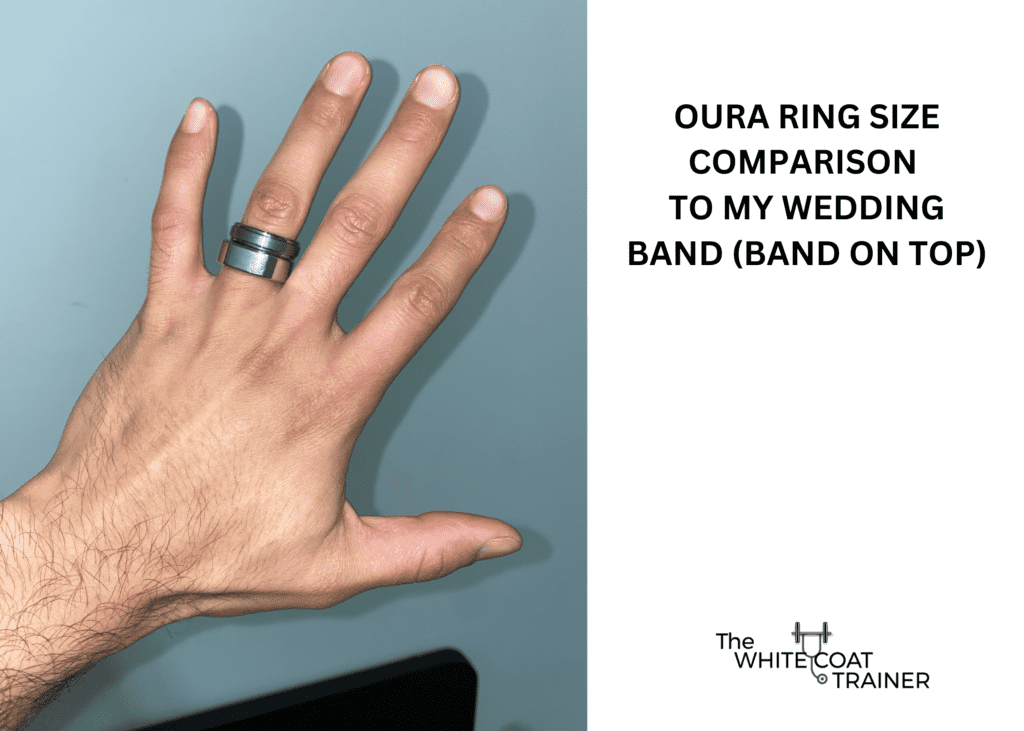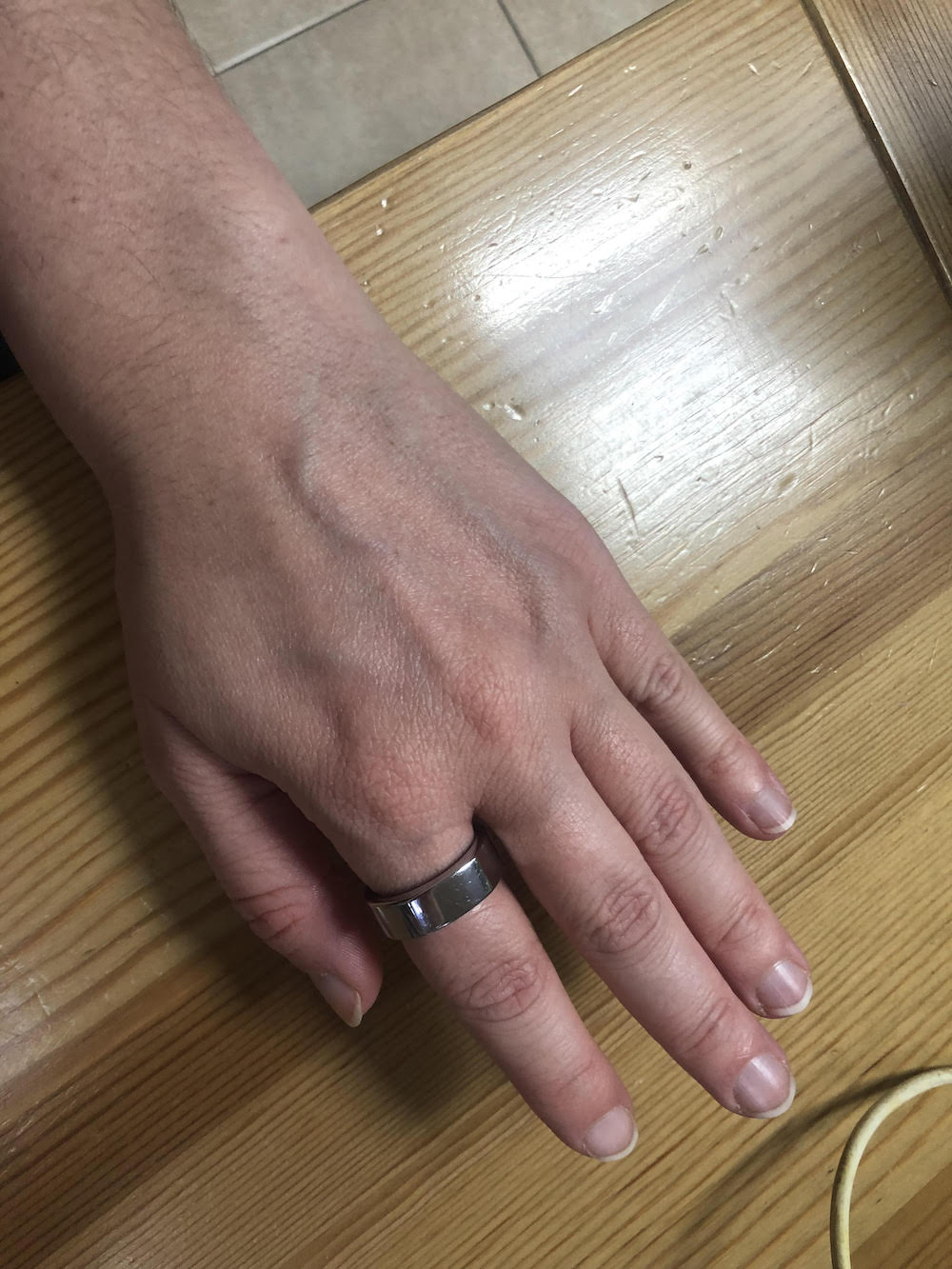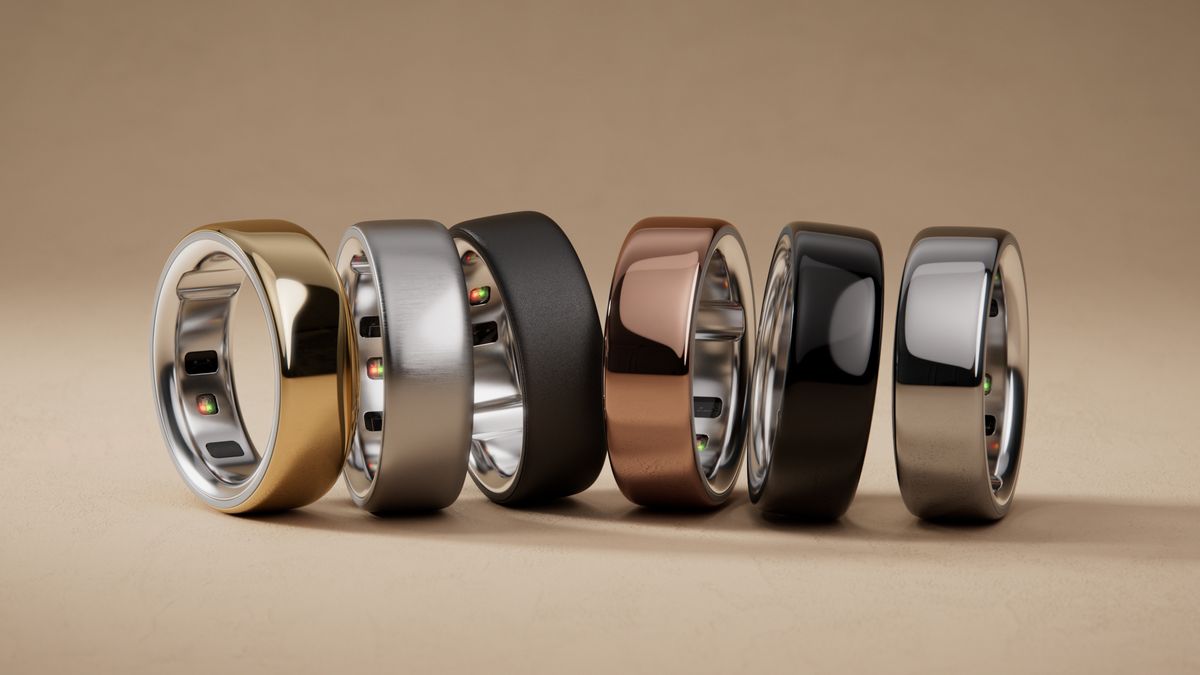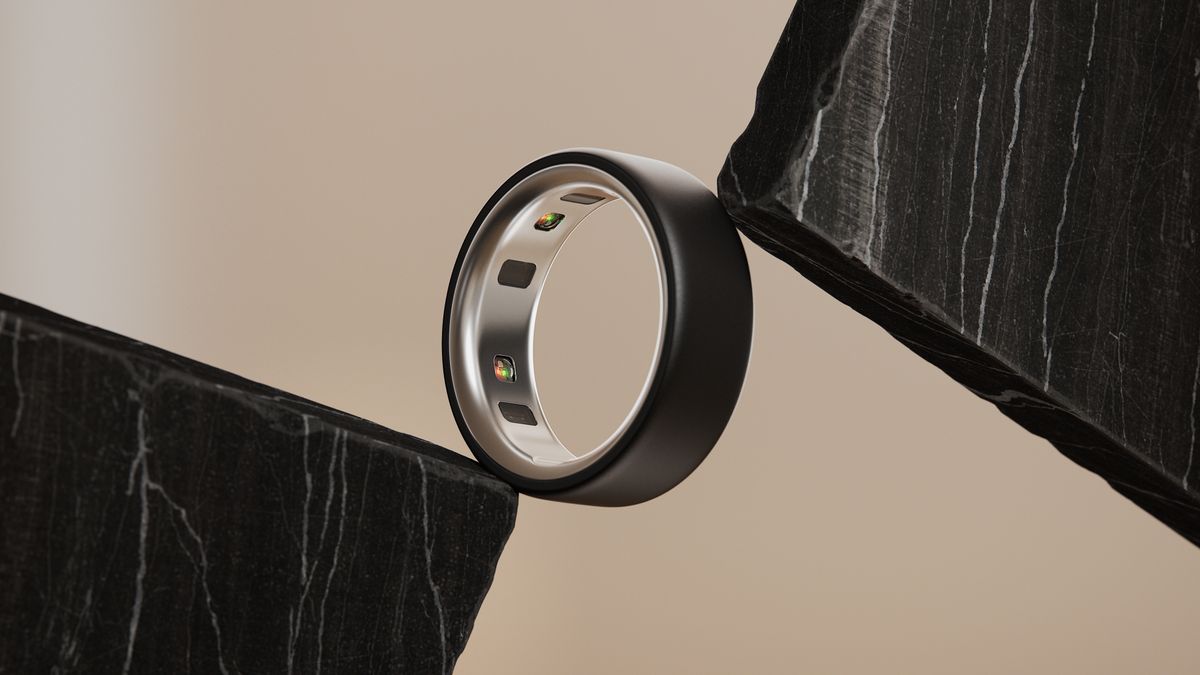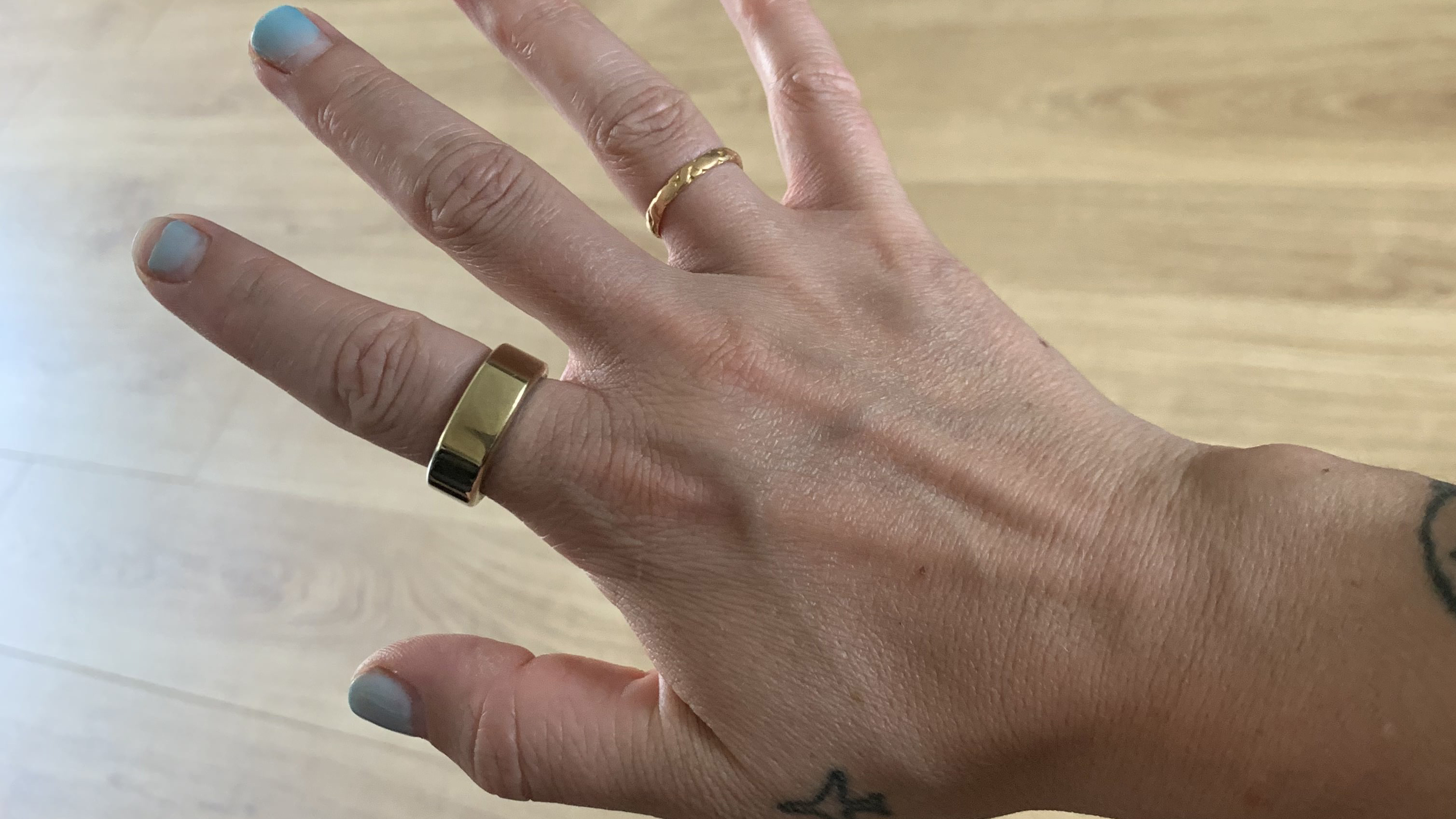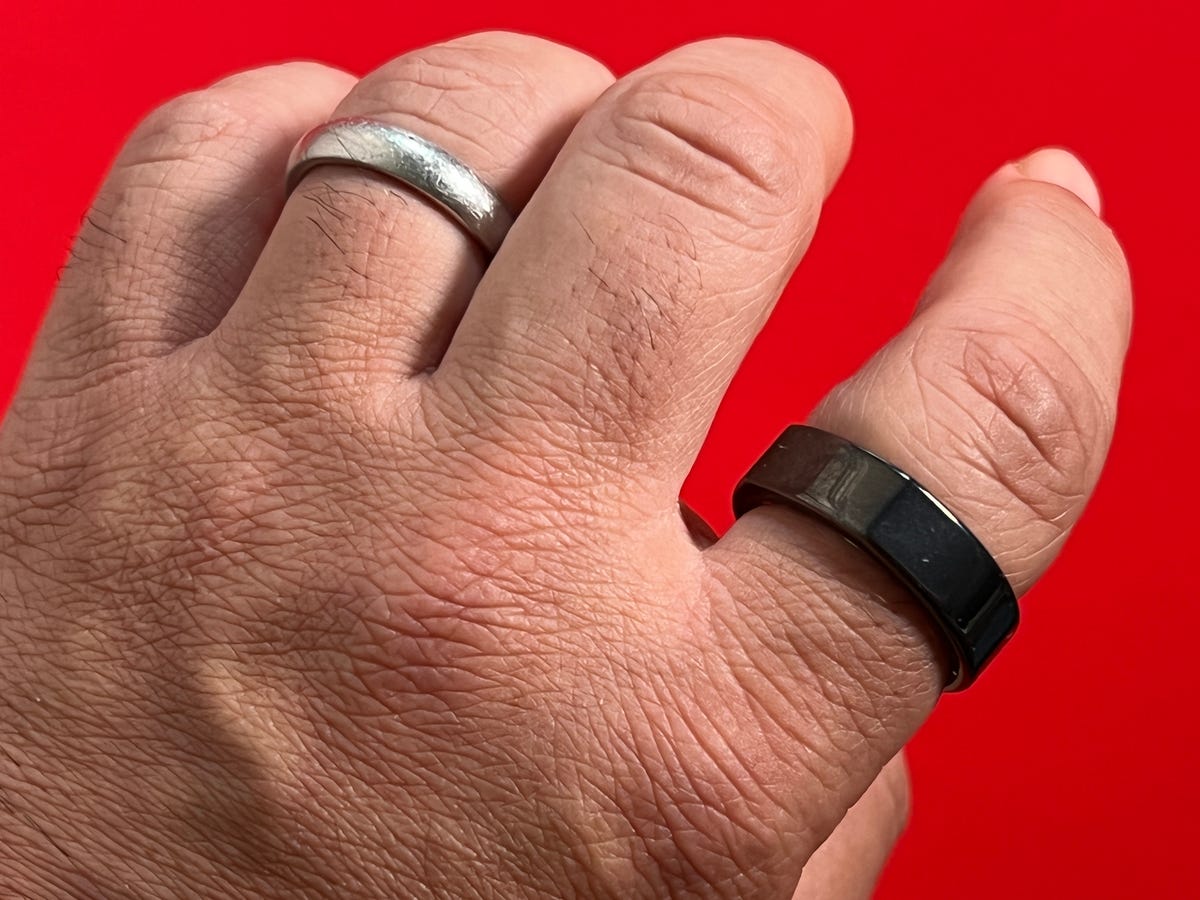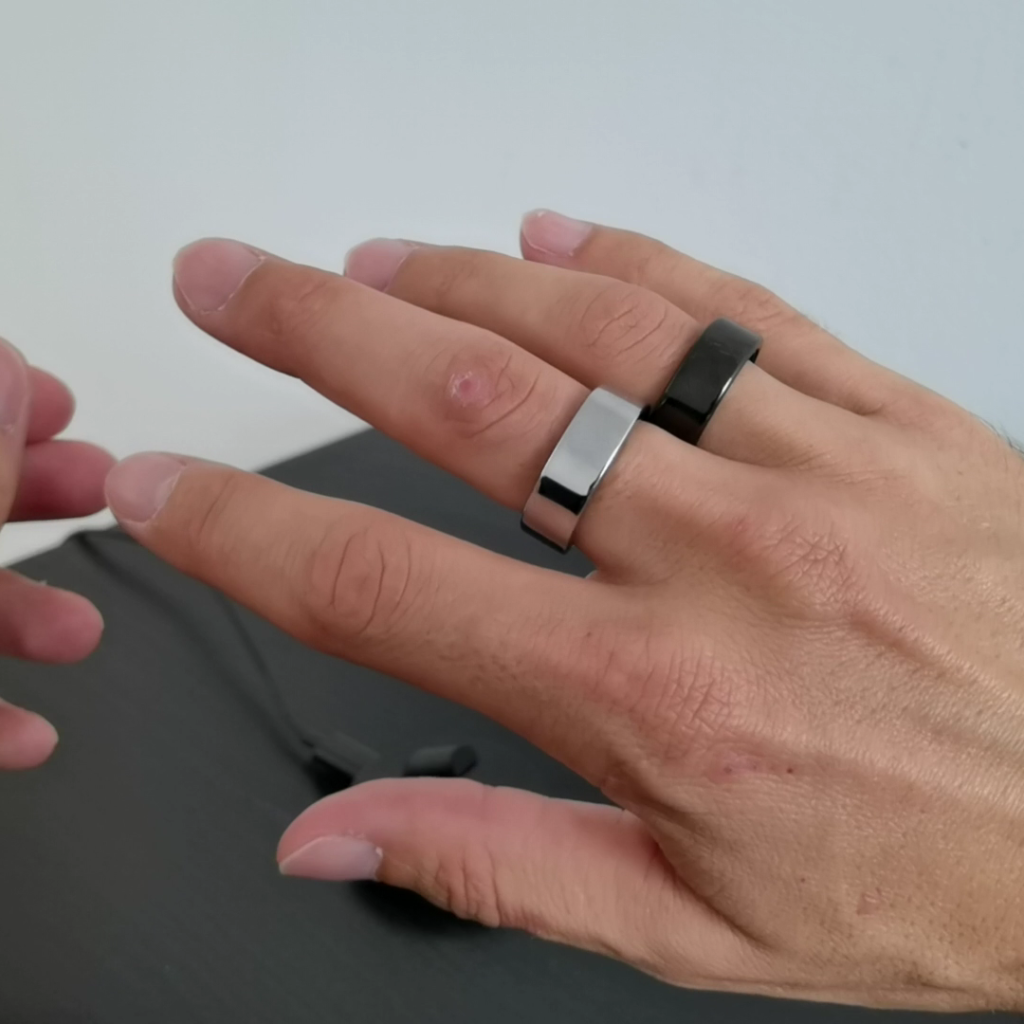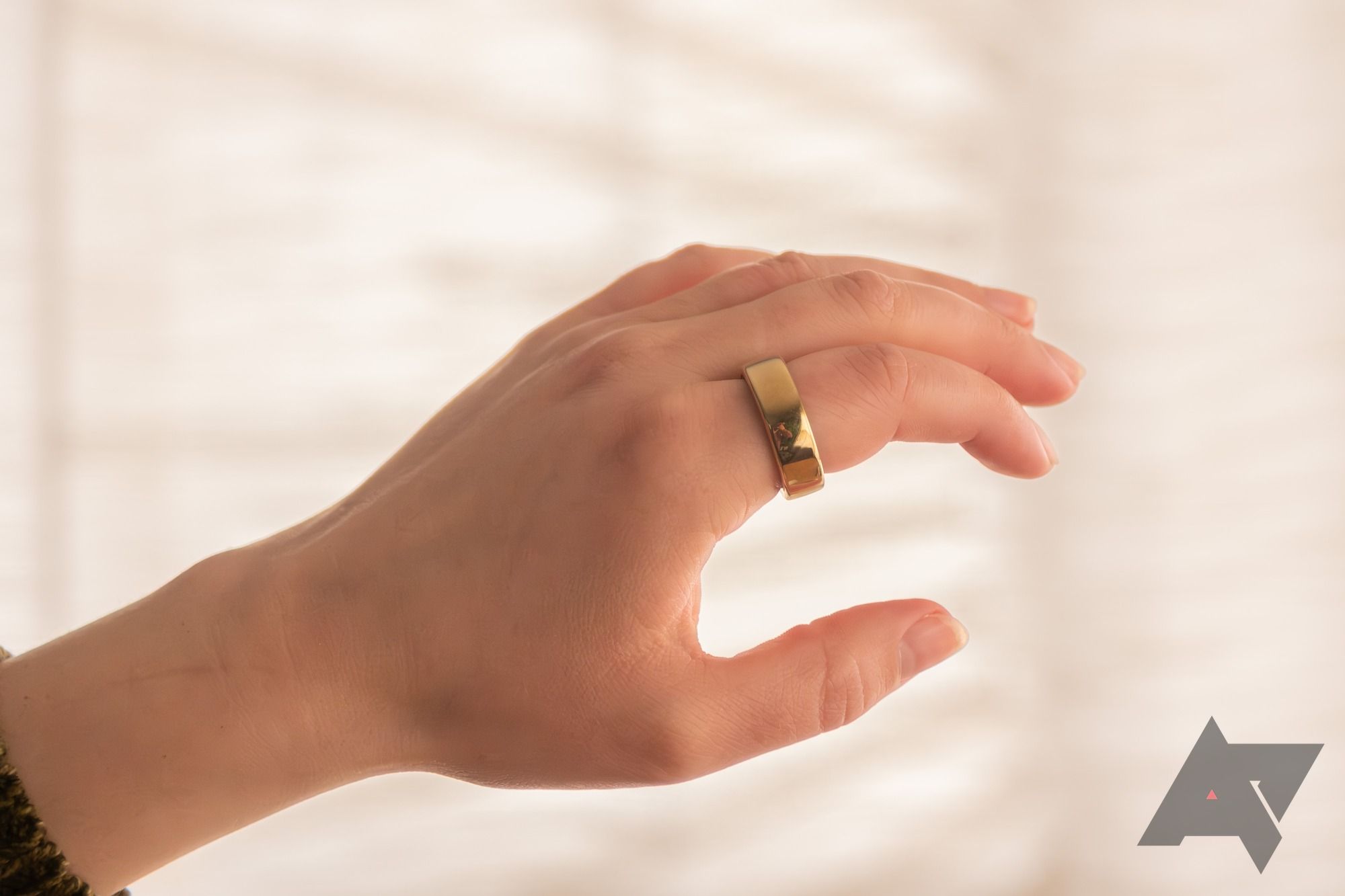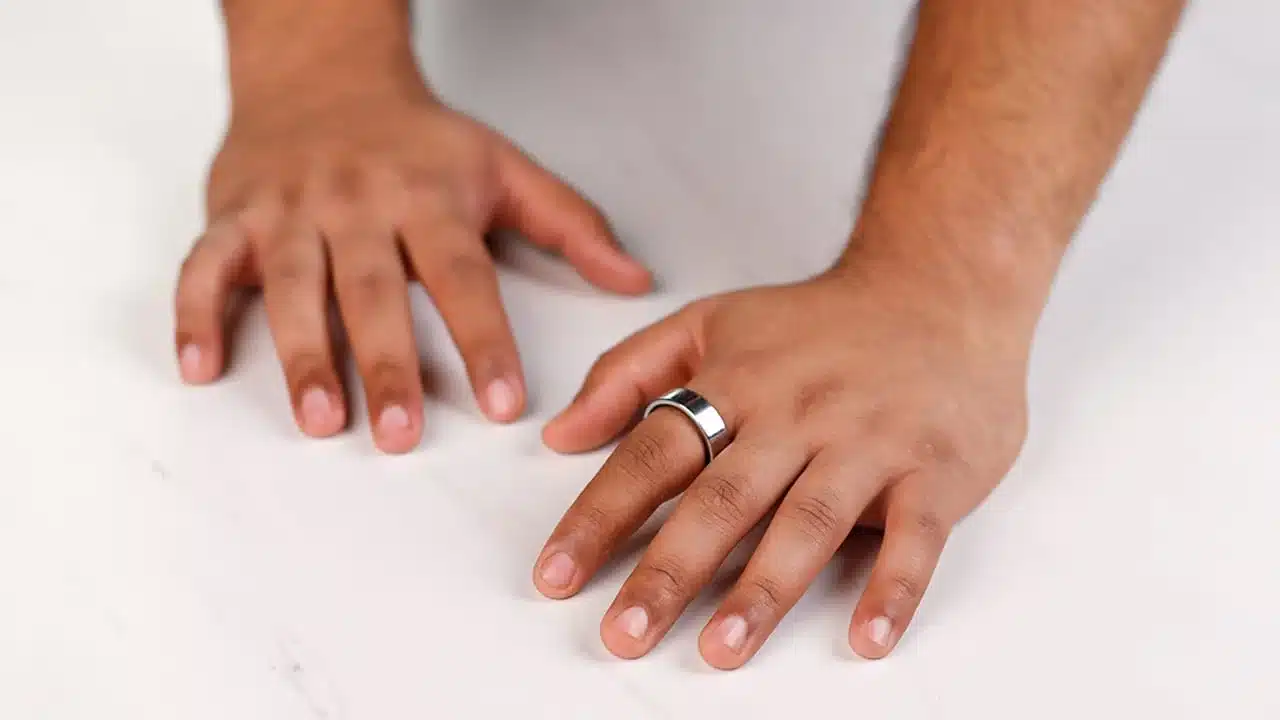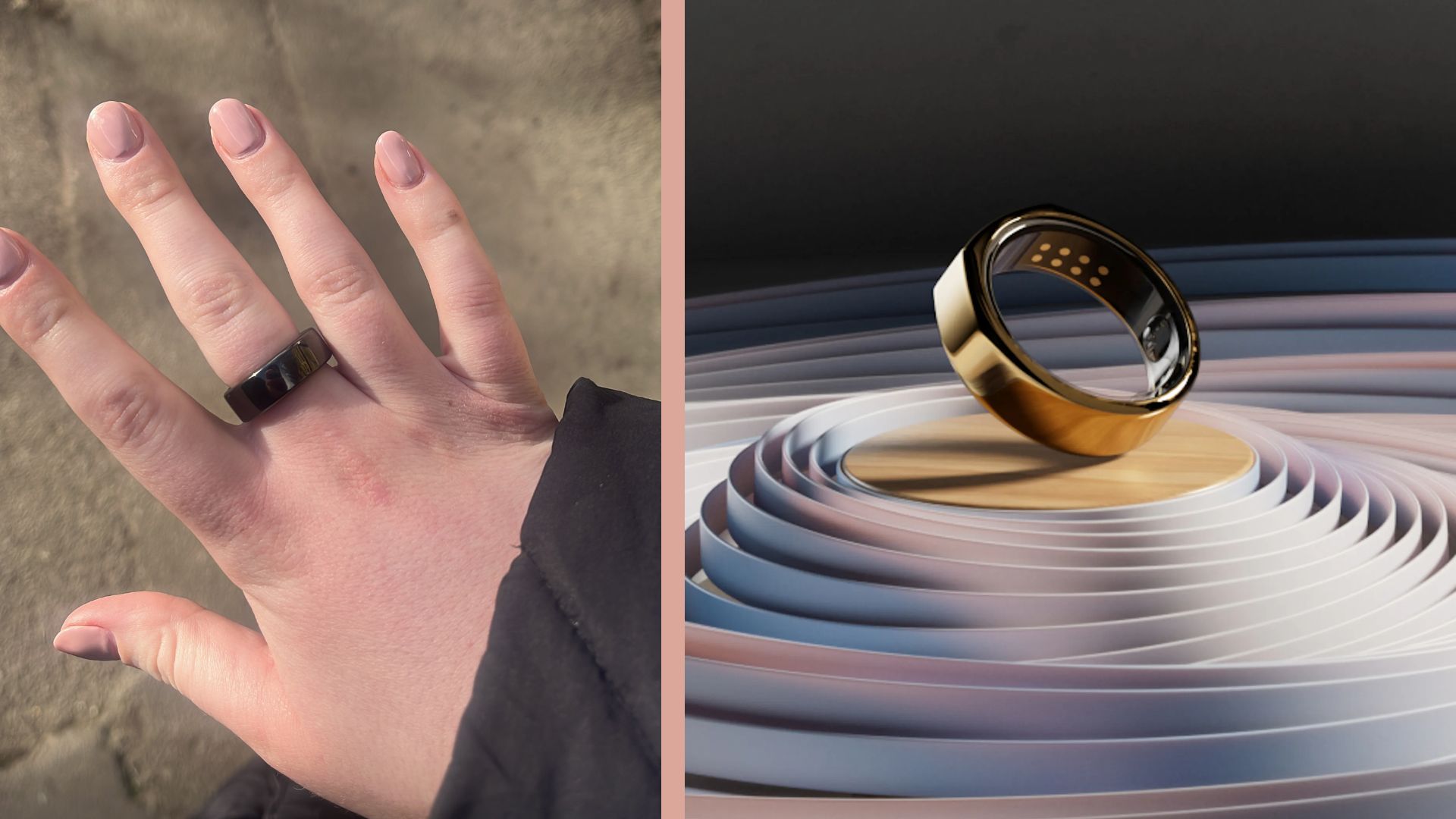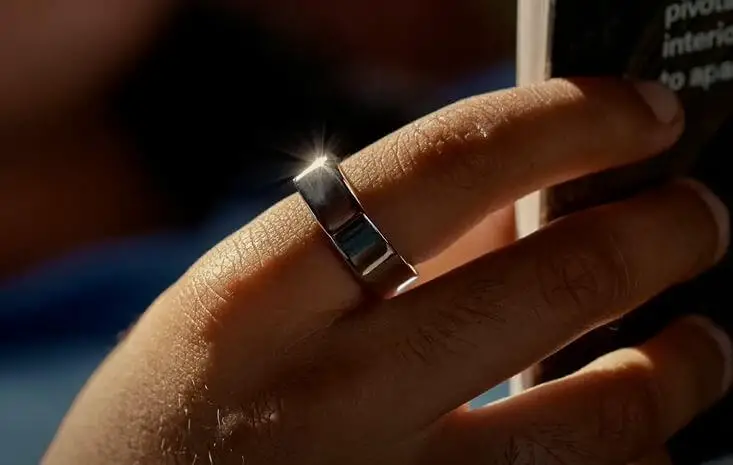Wear Oura Ring On Ring Finger

Oura, the company behind the popular smart ring focused on sleep and activity tracking, has recently updated its recommendations regarding ring placement. The company now suggests wearing the Oura Ring on the ring finger of either hand for optimal data accuracy and user comfort.
This shift, while seemingly minor, has sparked discussion among users and within the broader wearable technology community. It raises questions about the rationale behind the change, its implications for data reliability, and the overall user experience.
The Move to the Ring Finger: A Closer Look
Previously, Oura often recommended wearing the ring on the index finger, citing factors like ease of access and comfort for some users. This recommendation was largely based on individual preference and hand anatomy.
However, the updated guidance, officially announced on their website and through customer support channels, indicates a preference for the ring finger. The move aims to improve the consistency and accuracy of the data collected by the ring's sensors.
Why the Ring Finger?
According to Oura's official statements, the ring finger provides a more stable and consistent fit for most users. A snug fit is critical for accurate data collection, particularly heart rate and body temperature readings.
The ring finger tends to have less surrounding muscle movement compared to the index or middle fingers. This reduced movement helps minimize signal interference and improve the reliability of the sensor data.
Furthermore, the anatomical structure of the ring finger, with its relatively consistent size and shape across different individuals, facilitates a better seal around the skin. This improved seal ensures that the sensors maintain consistent contact with the user's skin throughout the day and night.
"Our updated recommendation is based on extensive testing and user feedback, aiming to provide the most accurate and comfortable experience," an Oura spokesperson stated.
Impact on Data Accuracy and User Experience
The switch to the ring finger is primarily driven by the pursuit of enhanced data accuracy. More precise readings of heart rate, heart rate variability (HRV), body temperature, and activity levels directly translate to a more insightful and actionable health profile for the user.
Users relying on the Oura Ring for sleep tracking, recovery analysis, and activity monitoring stand to benefit from this improved accuracy. The data informs their lifestyle choices, exercise routines, and overall well-being strategies.
Beyond data accuracy, the user experience also plays a crucial role. The company hopes that a better fit on the ring finger will improve overall comfort, making it easier for users to wear the ring continuously, thereby maximizing data collection and adherence.
Addressing User Concerns
The change in recommendation has prompted some users to express concerns about the fit and feel of the ring on their ring finger. Oura has addressed these concerns by providing detailed sizing guidelines and offering assistance to users who need to adjust their ring size.
The company is also actively soliciting feedback from users who have transitioned to the ring finger, using this input to further refine its recommendations and support materials. Their customer support teams are prepared to help with any sizing issues.
Oura emphasizes the importance of finding the right fit, regardless of the finger used, to ensure both comfort and data accuracy. They also suggest that users experiment with wearing the ring on the ring finger of either hand to determine which feels most comfortable and secure.
Wider Implications for Wearable Technology
The Oura Ring's shift in finger placement highlights the ongoing evolution of wearable technology and the importance of optimizing sensor placement for accurate data collection. This is a common challenge for many companies in the wearable health tracking space.
This example serves as a reminder that the technology behind these devices is continually being refined. The continuous refinement aims to deliver more reliable data and ultimately provide users with a more comprehensive understanding of their health and wellness.
As wearable technology continues to advance, we can expect to see further improvements in sensor technology, algorithms, and user interfaces. These improvements will improve the user experience and increase the accuracy of data collected. This allows users to better manage their health and wellness.
By prioritizing data accuracy and user comfort, Oura is positioning itself as a leader in the wearable health tracking market. They are pushing the boundaries of what is possible with current technology.
Conclusion
Oura's updated recommendation to wear the ring on the ring finger underscores the company's commitment to providing its users with the most accurate and comfortable experience possible. This strategic shift reflects an ongoing effort to refine the technology and ensure optimal data collection.
While the change may require some adjustment for existing users, the potential benefits of improved data accuracy and comfort outweigh any initial inconvenience. This will strengthen the utility of the Oura Ring as a valuable tool for personalized health and wellness management.
As the wearable technology landscape continues to evolve, such refinements will play a crucial role in shaping the future of health tracking and empowering individuals to take control of their well-being.
